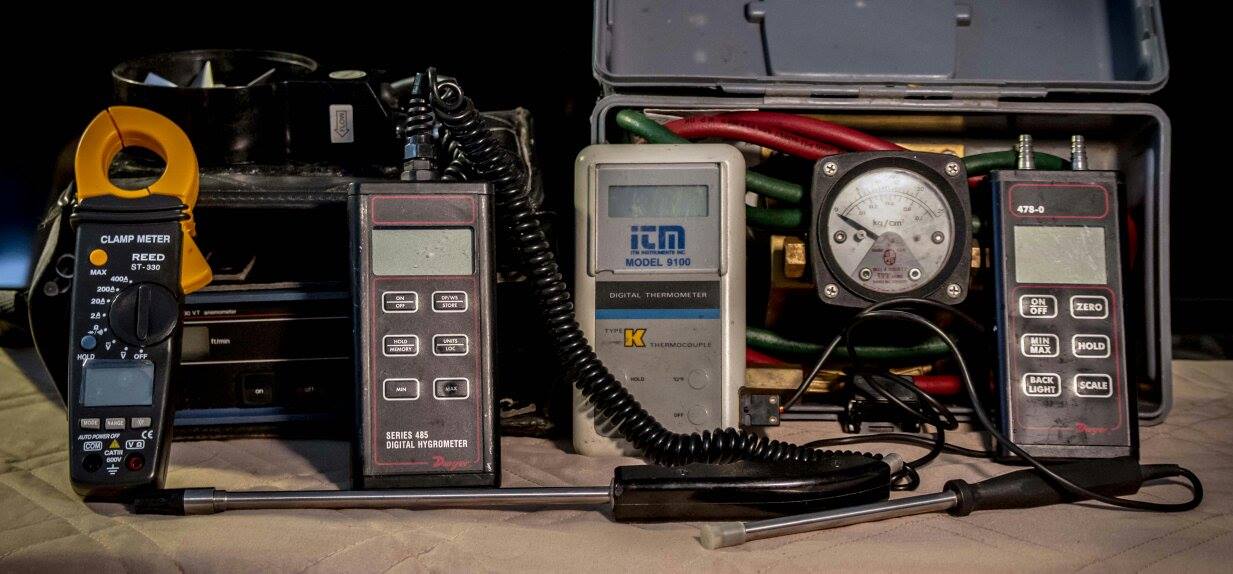Drains, What is a building drain, How do building drains work

Drains speak to what is a building drain and how do building drains work.
Explain drains in a building.
Explain Drains
Storm Drain
The storm drain requirements consist of roof drains connected to storm drain feeds which are drained to the storm drain main. Also surface water from the outside of the perimeter of the building, seeps into the underground weeping tile collection system.
This storm drain and flooding system, drains into the storm drain via a sump or trap, which is complete with a backwater valve.
Surface water from car park areas may also drain into catch basins, which are connected through storm pipe drains, directly to the storm sewer. It may also be that accumulated water drains back into the building and collects in the sump.
In older systems, the storm drain installation is such that waste water may be drained to the sanitary sewer system. This is totally frowned on today, as it will overwhelm sanitary sewer system water treatment facilities.
The main building clean out will be located before the storm line passes through the building outer foundation wall. Access to the clean out can be made from storm drain covers on the floor.
Sump
Waste water is collected from:
The waste water empties into sump pump basins or collection pits. From the collection pit, the sewage is held until the level reaches a high enough point at which time it will flow into the outlet line due to the flow of gravity.
From the collection pit the sewage pit pumps remove the waste water into the sanitary sewer system.
There are usually two pumps. The first sump pump is activated when the collection pit level rises. If the first pump cannot maintain the water level, the second pump will energize.
I hope that this explain drains in a building information is helpful.
Return from explain drains to homepage